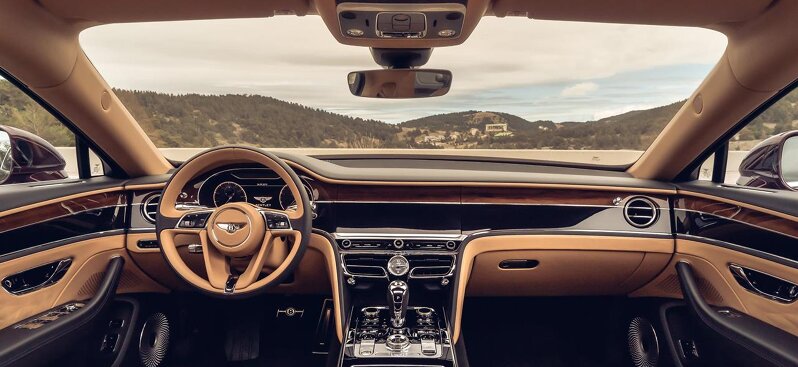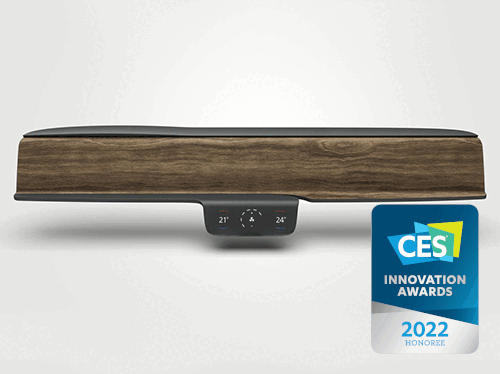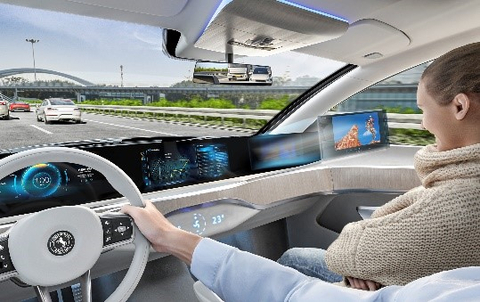We display specialists like to see our displays, but in the design world and I have often written about the issue of the ‘Black hole on the wall’, or how your big TV looks when its powered off. However, automotive designers also like to hide displays. They like OLEDs and miniLED LCDs (and microLEDs in the future) because the deep blacks mean that the edges of the display disappear into dark backgrounds. Continental, on the other hand has a different approach.

The firm has developed what it calls ‘ShyTech’ displays. The technology hides the displays behind a surface. That’s an alternative to the approach taken by luxury car maker Bentley with its rotating display. Bentley has a 12.3″ infotainment display, a set of three analogue gauges and a book-matched veneer panel on a triangular arrangement and drivers can switch between them. Bentley said that the whole system has to be made to tight tolerances and the system includes 143 components. Despite the apparent gimmickry, Bentley said that 70% of buyers choose the option. One of the challenges was that for legal reasons, the image from the reversing camera had to be visible within 2 seconds so switching has to be quick and the mechanism has to be tightly integrated into the car’s system.
 The Bentley’s dashboard with the infotainment system does look quite sleek
The Bentley’s dashboard with the infotainment system does look quite sleek
Continental has taken a different approach with its ShyTech technology. In that system, the display is behind a panel which can be made to look like wood grain or leather. However, the panel is semi-transparent, so that when the display is illuminated brightly, it shines through the surface texture, revealing the information underneath. The system requires a miniLED backlight combined with a panel that is optimised for the application as well as the front surface material. The performance also depends on Continental’s own optical bonding technology to optimise light transmission.
Continental highlighted the reduction in driver distraction that can come from hiding the displays when they are not needed. They can be activated by touch, by gestures and by voice. As well as being used in the dashboard, the displays could feature in other places such as doors. The firm was awarded a Gold prize in the German Design Awards for 2022 for the idea.
A separate, but related development from the firm is a new system to allow the integration of a display where the image can be directed away from the driver. Less than 1% of the light emitted from the display gets into the visual field of the driver. This allows passengers to view video and other entertainment content in regions where it is illegal for this content to be visible to the driver. The development exploits, the firm said, its plastics technology and the firm’s expertise in display backlighting. Continental has released information on the details of the system, but I suspect it uses light collimation to pass the light through the LCD and may also use other technology such as LC louvres to control the light. The system can be designed to allow the privacy function to be switched off so that everyone can see the display when appropriate.




